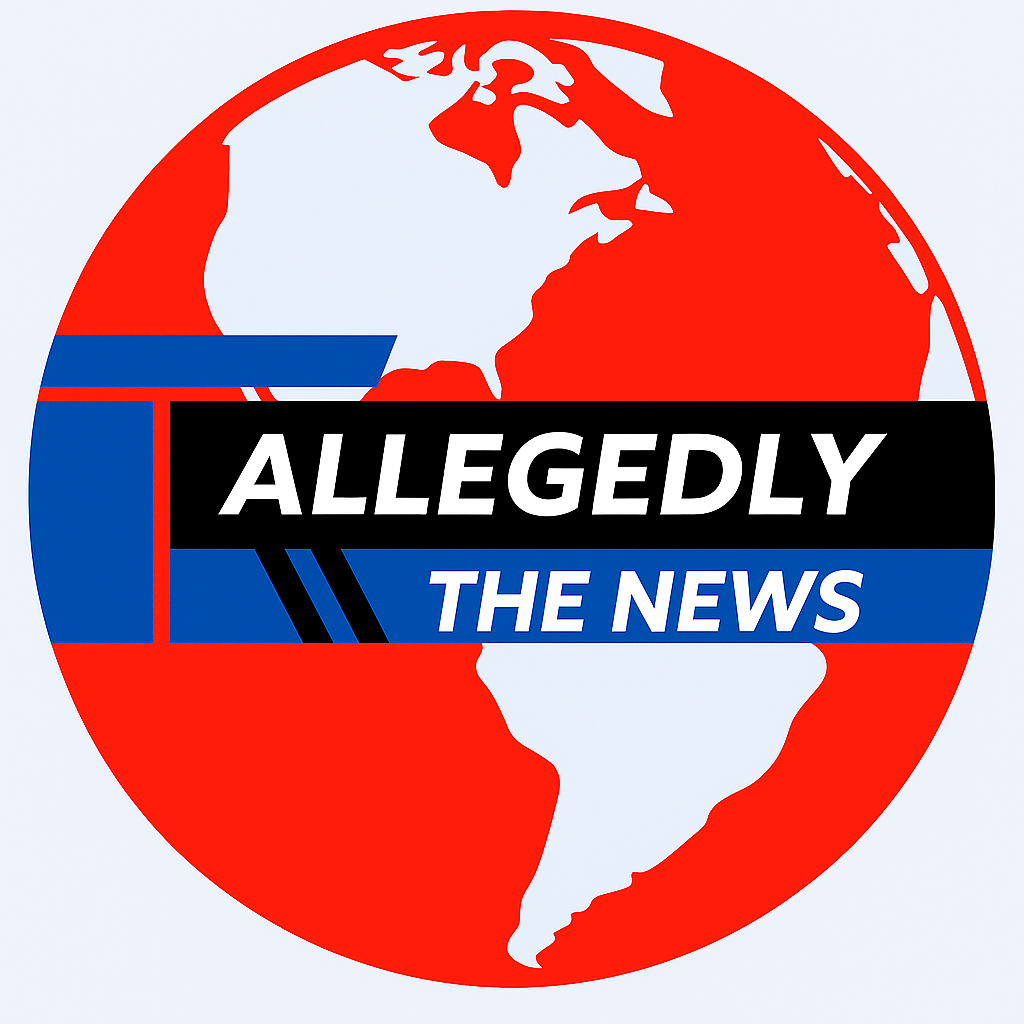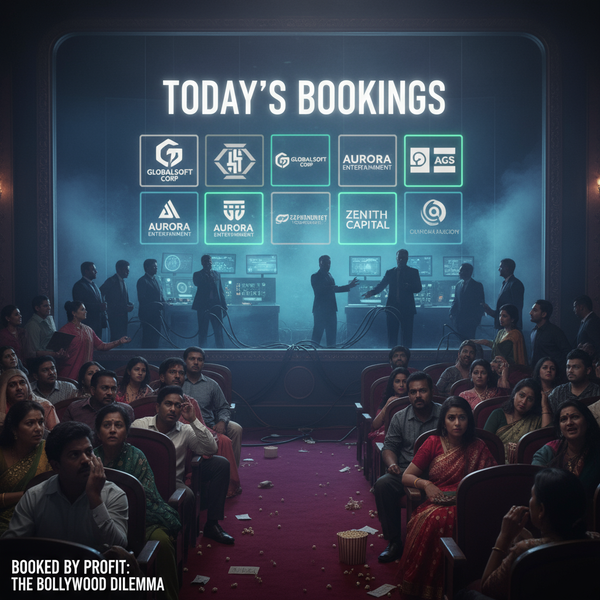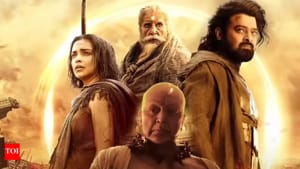The Clippers' Shadow Deal: A Deep Dive into the Kawhi Leonard Controversy
An explosive report has prompted the NBA to launch an investigation into the LA Clippers and Kawhi Leonard over an alleged "no-show" endorsement deal with a Steve Ballmer-backed company.
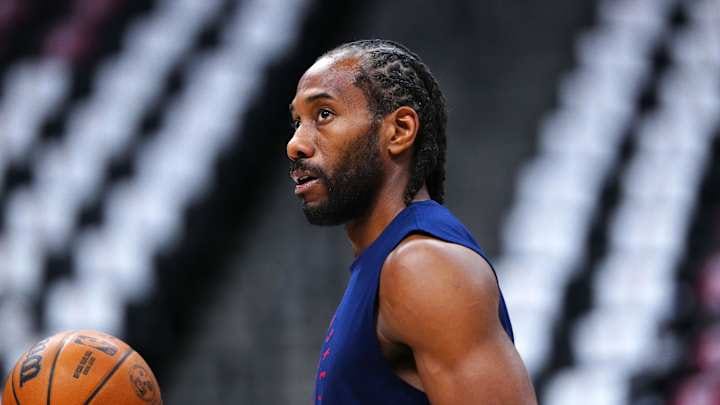
Written by Lavanya, Intern, Allegedly The News
Los Angeles, California, September 5, 2025
In a stunning turn of events that has sent a tremor through the NBA, the league has officially announced an investigation into the Los Angeles Clippers. The probe, sparked by a meticulously researched report from journalist Pablo Torre, alleges a sophisticated scheme to circumvent the NBA's salary cap rules through a hidden, "no-show" endorsement deal for star player Kawhi Leonard. This is more than just a routine inquiry; it’s an examination of whether a team used a complex web of corporate partnerships and shell companies to secretly pay a player, and if the league's rules are truly strong enough to prevent such an egregious violation.
Understanding the Allegations: A Web of Connections
The core of the NBA’s investigation revolves around a $28 million endorsement agreement between a company called Aspiration and KL2 Aspire LLC, a company managed by Kawhi Leonard. The key allegation, as detailed in the investigative report, is that this deal was not a legitimate endorsement but a "no-show" job designed to supplement Leonard's salary without it counting against the Clippers' salary cap.
Aspiration was a sustainable financial services company that had received a substantial $50 million investment from Clippers owner Steve Ballmer. In 2021, Aspiration and the Clippers announced a major partnership that included naming rights for the team’s new practice facility. Crucially, this all happened just a month after Leonard signed a new four-year, $176 million contract extension with the team.
The central claim is that Leonard’s deal with Aspiration was highly unusual. Documents obtained in the reporting allege that the contract allowed Leonard to receive a total of $28 million, in four annual payments of $7 million, while giving him the right to decline promotional activities. A former Aspiration employee is cited as saying the deal was intended "to circumvent the salary cap." The payments were also allegedly contingent on Leonard remaining with the Clippers, a detail that further links the "independent" endorsement to his employment with the team.
This arrangement, if proven, represents a textbook case of what the NBA’s Collective Bargaining Agreement (CBA) defines as circumvention. It's a prohibited act where a team or its affiliates provides a player with unauthorized compensation that isn't part of their official contract. The NBA's anti-circumvention rules are the bedrock of the league's competitive balance, and this investigation is a critical test of their enforceability.
A Timeline of the Aspiration Deal and Investigation
The timeline of events is crucial to understanding the gravity of the situation and the connections between the key players.
- July 2019: Kawhi Leonard, after winning a championship with the Toronto Raptors, signs with the Los Angeles Clippers in one of the most significant free-agency decisions in recent memory.
- August 2021: Leonard signs a four-year, $176 million contract extension to remain with the Clippers.
- September 2021: The Clippers announce a partnership with Aspiration. This deal, valued at $300 million, gives Aspiration the naming rights for the team’s new practice facility. Clippers owner Steve Ballmer's investment in Aspiration is also made public.
- Late 2021: The alleged $28 million endorsement deal between Aspiration and Leonard's company, KL2 Aspire LLC, is executed.
- 2022-2023 Season: The Clippers end their partnership with Aspiration, citing a breach of contract by the company.
- March 2025: Aspiration files for bankruptcy. Its co-founder, Joseph Sanberg, is later charged with and pleads guilty to a $243 million fraud scheme. In its bankruptcy filings, Aspiration lists its creditors, including the Clippers (owed $30 million) and Kawhi Leonard's company (owed $7 million).
- September 3, 2025: Investigative journalist Pablo Torre releases a detailed report on his podcast, "Pablo Torre Finds Out," based on thousands of pages of legal documents and interviews with former Aspiration employees. The report alleges the "no-show" deal and its connection to Ballmer and the Clippers.
- September 4, 2025: Following the report, the NBA officially confirms it has launched an investigation. The Clippers released a statement vehemently denying any wrongdoing, stating that neither Steve Ballmer nor the organization engaged in misconduct related to Aspiration.
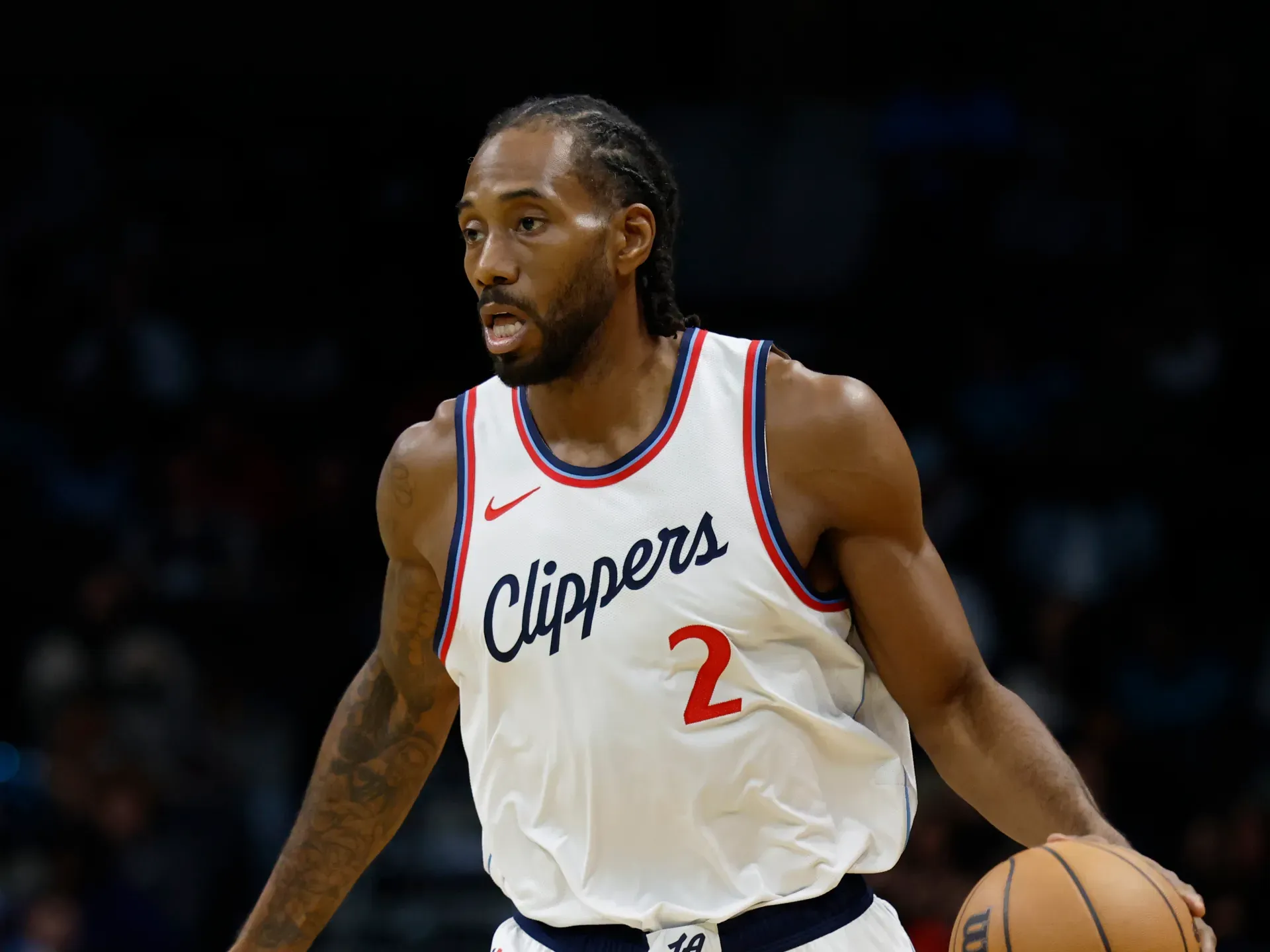
A Ghost from the Past: The Joe Smith Scandal
For longtime fans, this situation immediately brings to mind the Joe Smith scandal of the late 1990s. In 1999, the Minnesota Timberwolves were caught in a secret agreement with Smith, a former number-one overall draft pick. Smith had signed a series of three one-year, below-market contracts with the team, with the understanding that he would receive a lucrative, long-term deal after the team secured his "Bird Rights" (which allow a team to re-sign their own free agent while exceeding the salary cap).
The scheme was exposed through a lawsuit between Smith's agent and his former agency, revealing the secret, written agreement. The NBA's response was swift and severe. Commissioner David Stern fined the Timberwolves $3.5 million, suspended key front-office personnel, and, most famously, stripped the team of five first-round draft picks. The punishment was intended to send a strong, unequivocal message that the league would not tolerate attempts to undermine the CBA. The Clippers' situation, with its alleged use of an off-the-books deal to circumvent the cap, shares a striking resemblance in spirit to the Joe Smith case. The stakes are immense, as a similar punishment could cripple the franchise for a decade.
The NBA's Financial Fair Play and the CBA
The NBA’s entire economic structure is predicated on the Collective Bargaining Agreement (CBA), a complex document that governs the relationship between the league, its teams, and the players' union. The salary cap is the most visible element of this agreement, a tool designed to promote competitive balance and prevent a few large-market or wealthy teams from dominating by outspending their rivals.
This investigation tests the very purpose of the CBA. When a deal is allegedly hidden through an external company, it creates a loophole that undermines the entire system. The league’s current CBA includes specific clauses to prevent this, such as:
- Article 13, Section 13.1 ("General Prohibitions"): This clause forbids any unauthorized agreements with players, including "any sponsor or business partner or third party" that pays a player for basketball services outside of their official contract.
- Article 13, Section 13.2 ("No Unauthorized Agreements"): This section is a direct response to past scandals, explicitly prohibiting any agreement "entered into for the purpose of defeating or circumventing any of the provisions of this Agreement."
The legal battle will likely center on proving that Leonard’s deal was, in fact, an unauthorized agreement for basketball services, not a legitimate endorsement. The fact that the agreement allegedly had a "no-show" clause and was tied to his tenure with the Clippers will be key pieces of evidence.
How the NBA Investigation Will Work
NBA investigations are thorough and can take months to complete. The process will likely follow these steps:
- Request for Documents: The league will formally request all relevant documents from the Clippers, Steve Ballmer, Kawhi Leonard, and his representatives. This will include emails, text messages, contracts, and financial records related to the Aspiration deal.
- Interviews: Investigators will conduct interviews with key individuals, including Clippers front-office staff, team owner Steve Ballmer, Kawhi Leonard, and former Aspiration employees who spoke to the media. The league has the authority to compel cooperation from all parties subject to the CBA.
- Fact-Finding: The league's legal and financial experts will meticulously analyze the evidence to determine if a violation occurred. They will compare the terms of the deal to standard endorsement contracts and look for any direct communication that suggests a coordinated effort to circumvent the cap.
- Sanction Recommendation: If a violation is found, a recommendation for punishment will be made to the Commissioner.
- Commissioner's Decision: The final decision on penalties rests with Commissioner Adam Silver. This is where the Joe Smith precedent comes into play, as the severity of past punishments often guides future rulings.
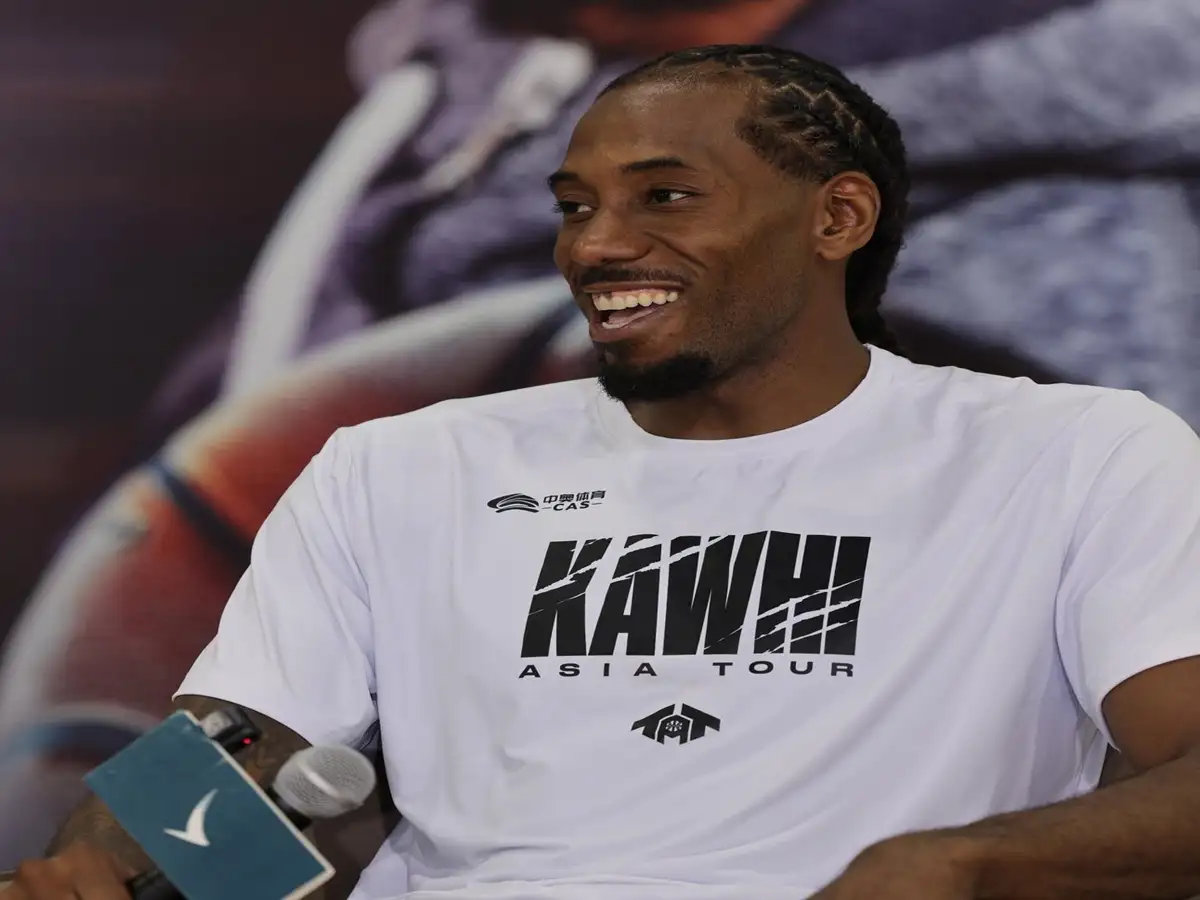
Potential Penalties for the Clippers
The potential penalties for the Clippers are severe and could have a long-lasting impact on the franchise. The CBA gives the Commissioner broad discretion to impose a range of sanctions.
- Fines: The team could face a fine of up to $7.5 million.
- Draft Pick Forfeiture: The league can mandate the forfeiture of draft picks. While the CBA doesn’t specify a maximum number, the Joe Smith case sets a precedent for a significant loss of future assets.
- Contract Voiding: The Commissioner can void any contract or agreement found to be in violation. This could include voiding parts of Leonard’s endorsement deal with Aspiration.
- Suspensions: Key personnel, including owner Steve Ballmer, could be suspended from team operations for a period of up to one year. This would be a massive blow to the organization, particularly as it moves into a new arena.
- Future Transaction Limitations: The league can also impose limitations on the team's ability to sign free agents or make trades in the future.
The ultimate punishment will not just be about the money. It will be about a public declaration of the league's commitment to fairness. A slap on the wrist would signal to other teams that the risk is worth the reward, while a severe penalty could serve as a powerful deterrent.
A Test of the NBA's Integrity
The NBA's investigation into the Los Angeles Clippers is more than a single controversy; it's a test of the league's integrity and its ability to enforce its own rules in an era of unprecedented financial growth and team-building creativity. The allegations suggest a deliberate and sophisticated attempt to subvert the system, using a third-party company to hide millions in compensation. The league's response will define not only the Clippers' future but also set a new precedent for how it tackles the ever-evolving challenge of maintaining competitive balance.
This case raises serious questions about the nature of player deals in modern sports and the ethical responsibilities of team ownership. The NBA's reputation for fairness and transparency is on the line, and all eyes are on Commissioner Adam Silver to see if he will wield the same swift and decisive justice that was delivered a generation ago.
The Lingering Questions
How will this investigation affect the Clippers' reputation and their ability to attract future free agents, even if they are cleared of all wrongdoing? Given the complexity of modern business and endorsements, what further reforms or oversight might the NBA need to implement to prevent similar cases from occurring in the future?
Sources
The report from journalist Pablo Torre, official statements from the NBA and the Los Angeles Clippers, court documents related to Aspiration's bankruptcy, and historical records of the Joe Smith scandal and the NBA Collective Bargaining Agreement.
